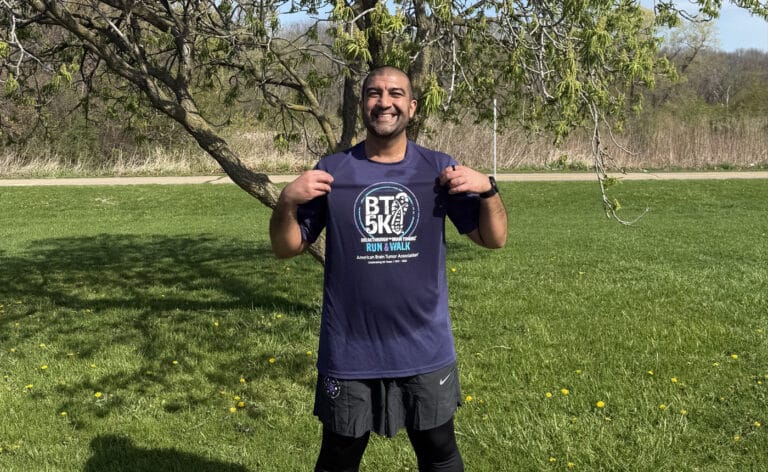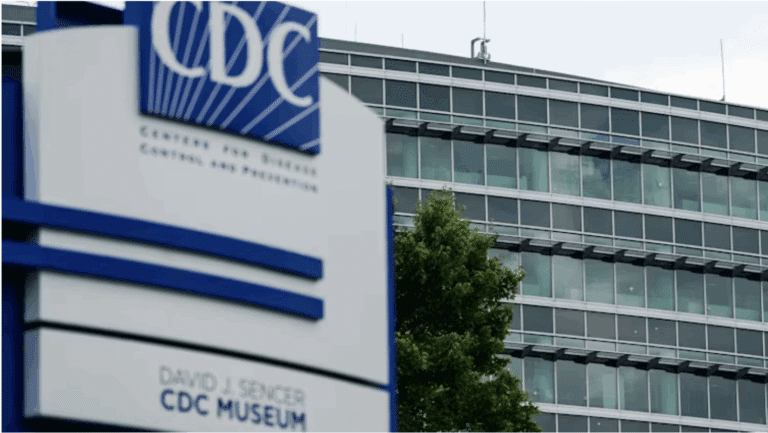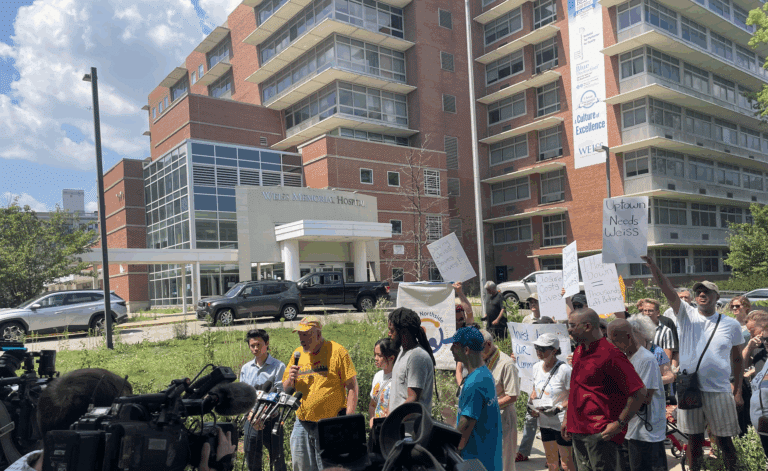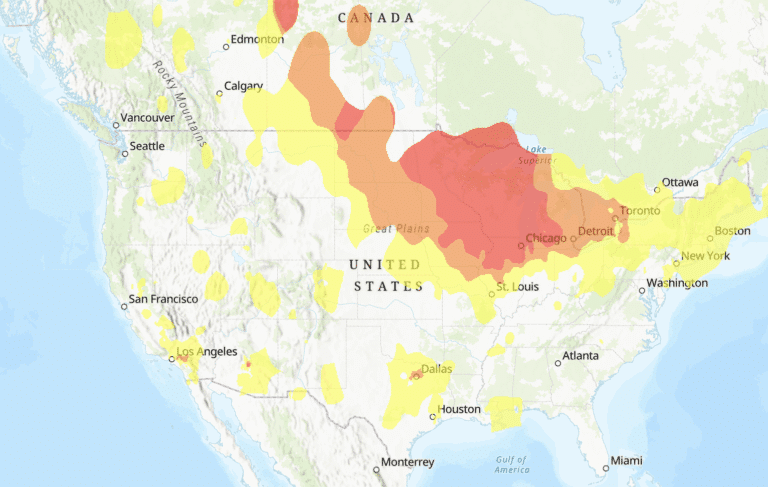When brain dead means total death
Seventy-five years ago, the concept of brain death wasn’t even imagined.
“It was only with the advent of successful mechanical ventilation and the advancement of critical-care tools and techniques that a patient could actually be systemically stable after developing the irreversible cessation of brain function,” says Dr. Jeffrey Frank, director of Neuromedical/Neurosurgical Intensive Care at The University of Chicago Medicine (UCM).
Now, in 2012, the brain can be dead, but people can still look alive—the heart keeps pumping and the patient can breathe with the help of a respirator, but the person has died. In the United States, about 15,000 – 20,000 deaths are brain deaths.
To accurately diagnose brain death without making a mistake, the physician must have a strong conceptual understanding of it, which was the catalyst for a hands-on workshop on the subject. This year marked the second annual University of Chicago International Brain Death Simulation Workshop at NorthShore’s Evanston Hospital’s Center for Simulation and Innovation.
“This specific workshop is focused on training individuals to be regional leaders who will embrace the responsibility for constructive local brain death policy changes (consistent with contemporary guidelines), educating/updating colleagues and enhancing better uniformity of local practices,” Frank says.
During one of the sessions, trainees conducted a thorough brain exam on a high-tech simulation lab mannequin that allowed the trainees to conduct a thorough neurological examination, including the apnea test, and manage the complex physiological derangements that occur when the brain stops working.
“The clinical examination is the most critical aspect of brain death diagnosis, and there are uniform findings that should be found in all brain dead patients, with rare exceptions,” Frank says.
The core of the clinical examination findings consistent with brain death is the confident establishment of unresponsiveness and absence of reflexes in the brain stem, Frank says.
“However, a consistent examination alone does not confirm brain death; it must be clear that the patient has a known process (brain injury) that can account for the irreversible cessation of function of the entire brain,” Frank says. “Sometimes this requires ancillary testing, but the examination is the most critical and the primary element for the diagnosis.”
Because of this, the physician must initially appraise whether there are factors that may sabotage the clinical examination’s accuracy in verifying cessation of brain function including deep hypothermia, intoxications/poisonings, sedatives, analgesics, paralytics, extreme metabolic aberrations and severe endocrine disturbances, Frank says.
The neurological examination should demonstrate the following:
>Coma with eyelids closed and unresponsiveness to environmental stimulation
>Absence of any response to external stimuli
>Eyes: Midsized pupils (3–7 mm) that are not reactive to light; forward primary gaze; no reflex eye movements with head turning (no doll’s eyes); no corneal reflexes
>No response to cold water in ear
> No grimace to unpleasant stimuli
>No gag reflex
>No cough to deep endotracheal stimulation
>Absence of motor response (including absence of posturing; some motor activity can be consistent with brain death and is best determined by physicians experienced with brain death diagnosis).
>Flaccid, absence of reflexes
>Absence of respiratory drive through formal apnea testing (a definitive test for loss of brainstem function)
The apnea test is when you disconnect the patient from the respirator to see whether the patient can breathe on his or her own. If the brain is in fact dead, the patient will be unable to breathe because the brain is not sending any signals to the respiratory system. This is the final test in the equation. The aforementioned prerequisites must be met before this test is carried out.
“In my experience, it is best to approach apnea testing when there is confidence from all of the other information and examinations that the patient is dead,” Frank says.
According to the workshop’s syllabus, any variances in the above examination in an individual patient should be characterized and discussed with more experienced physicians and/or colleagues to address their significance, if any.
“Brain death is a real mechanism of death, but, sadly, there remains a knowledge and a confidence deficit regarding brain death diagnosis and management, and there are new and interesting approaches evolving to correct for this deficit and enhance the manner in which we interface with these patients and complex clinical situations,” Frank says.

Morgan Lord is a writer, teacher, improviser and mother. She is currently a professor at the University of Illinois Chicago.














